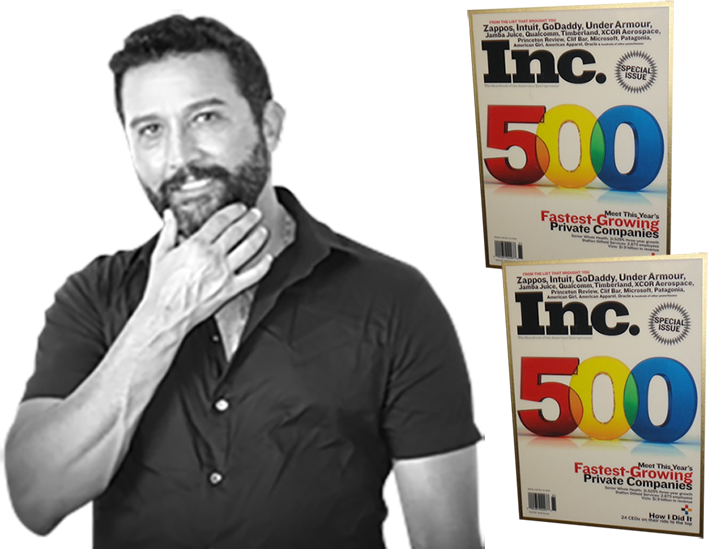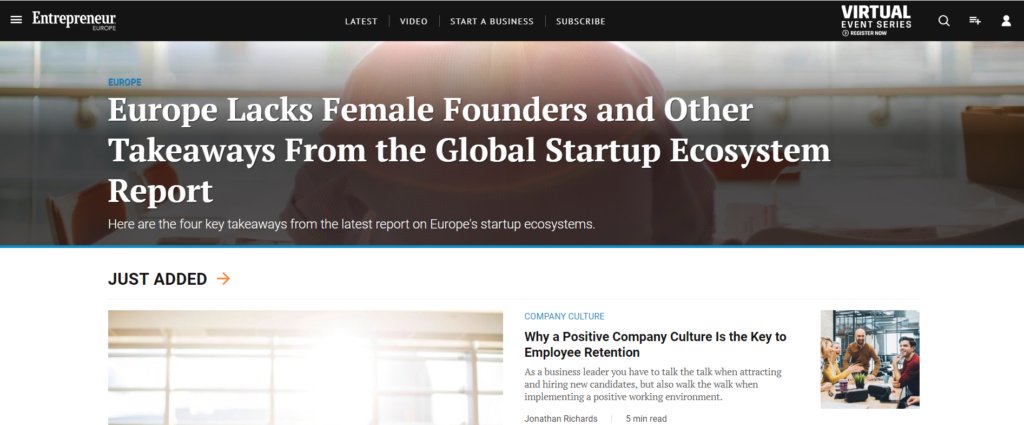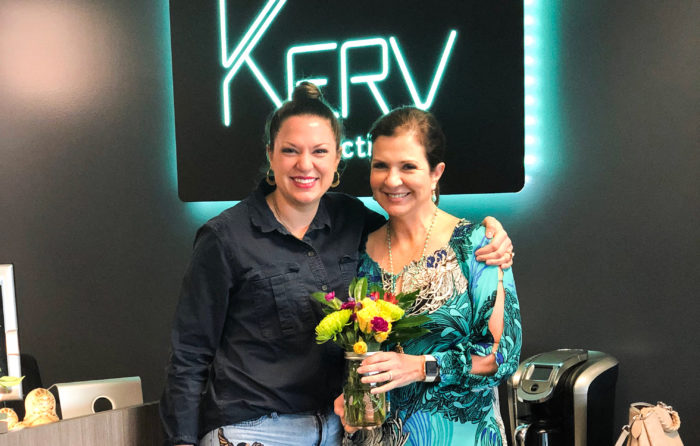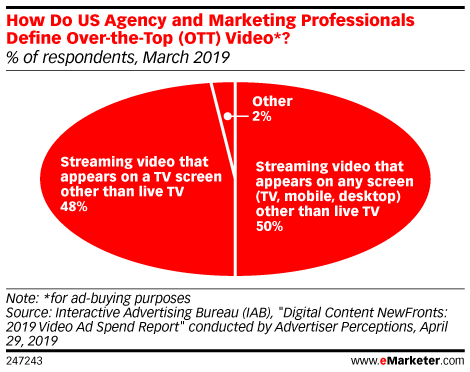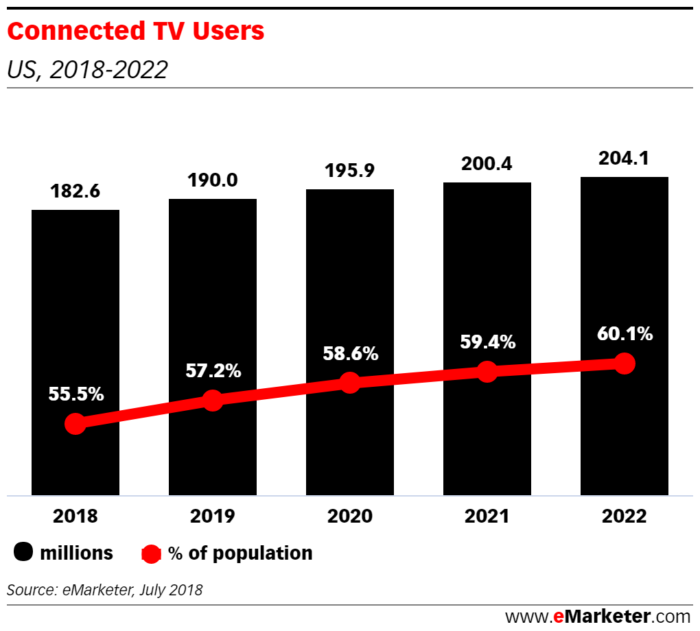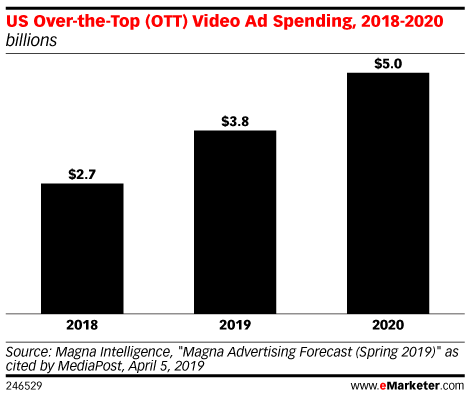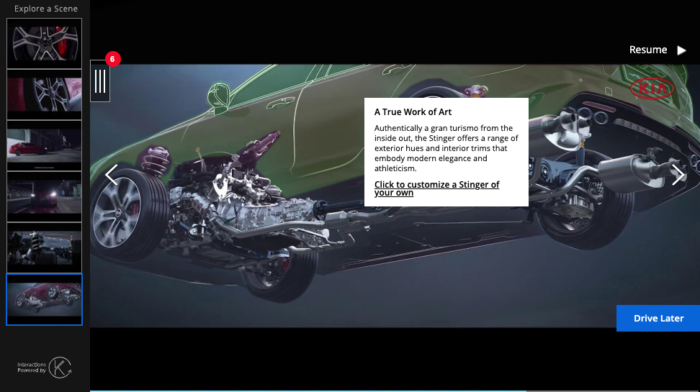Listen to the greats with proven track records.

What is success? There are many definitions, but there’s one thing all the greats agree on: Success only comes by persevering despite failure.
Here are 50 quotes to inspire you to succeed in the face of failures, setbacks, and barriers.
1. “Success is not final; failure is not fatal: It is the courage to continue that counts.”– Winston S. Churchill
2. “It is better to fail in originality than to succeed in imitation.”– Herman Melville
3. “The road to success and the road to failure are almost exactly the same.” – Colin R. Davis
4. “Success usually comes to those who are too busy to be looking for it.”–Henry David Thoreau
5. “Opportunities don’t happen. You create them.”– Chris Grosser
6. “Don’t be afraid to give up the good to go for the great.”– John D. Rockefeller
7. “I find that the harder I work, the more luck I seem to have.”– Thomas Jefferson
8. “There are two types of people who will tell you that you cannot make a difference in this world: those who are afraid to try and those who are afraid you will succeed.”– Ray Goforth
9. “Successful people do what unsuccessful people are not willing to do. Don’t wish it were easier; wish you were better.”– Jim Rohn
10. “Try not to become a man of success. Rather become a man of value.” – Albert Einstein
11. “Never give in except to convictions of honor and good sense.”– Winston Churchill
12. “Stop chasing the money and start chasing the passion.”– Tony Hsieh
13. “Success is walking from failure to failure with no loss of enthusiasm.”– Winston Churchill
14. “I owe my success to having listened respectfully to the very best advice, and then going away and doing the exact opposite.”– G. K. Chesterton
15. “Would you like me to give you a formula for success? It’s quite simple, really: Double your rate of failure. You are thinking of failure as the enemy of success. But it isn’t at all. You can be discouraged by failure or you can learn from it, so go ahead and make mistakes. Make all you can. Because remember that’s where you will find success.”– Thomas J. Watson
16. “If you are not willing to risk the usual, you will have to settle for the ordinary.”– Jim Rohn
17. “The ones who are crazy enough to think they can change the world, are the ones that do.”– Anonymous
18. “Do one thing every day that scares you.”– Anonymous
19. “All progress takes place outside the comfort zone.”– Michael John Bobak
20. “People who succeed have momentum. The more they succeed, the more they want to succeed, and the more they find a way to succeed. Similarly, when someone is failing, the tendency is to get on a downward spiral that can even become a self-fulfilling prophecy.”– Tony Robbins
21. “Don’t let the fear of losing be greater than the excitement of winning.”– Robert Kiyosaki
22. “If you really look closely, most overnight successes took a long time.”– Steve Jobs
23. “The real test is not whether you avoid this failure, because you won’t. It’s whether you let it harden or shame you into inaction, or whether you learn from it; whether you choose to persevere.”– Barack Obama
24. “The only limit to our realization of tomorrow will be our doubts of today.”– Franklin D. Roosevelt
25. “Character cannot be developed in ease and quiet. Only through experience of trial and suffering can the soul be strengthened, ambition inspired, and success achieved.”– Helen Keller
26. “The way to get started is to quit talking and begin doing.”– Walt Disney
27. “The successful warrior is the average man, with laser-like focus.”– Bruce Lee
28. “There are no secrets to success. It is the result of preparation, hard work, and learning from failure.”– Colin Powell
29. “Success seems to be connected with action. Successful people keep moving. They make mistakes, but they don’t quit.”– Conrad Hilton
30. “If you really want to do something, you’ll find a way. If you don’t, you’ll find an excuse.”– Jim Rohn
31. “I cannot give you the formula for success, but I can give you the formula for failure–It is: Try to please everybody.”– Herbert Bayard Swope
32. “Success is not the key to happiness. Happiness is the key to success. If you love what you are doing, you will be successful.”– Albert Schweitzer
33. “Success isn’t just about what you accomplish in your life; it’s about what you inspire others to do.”– Unknown
34. “Fall seven times and stand up eight.”– Japanese Proverb
35. “Some people dream of success while others wake up and work.” – Unknown
36. “If you can dream it, you can do it.”– Walt Disney
37. “The difference between who you are and who you want to be is what you do.”– Unknown
38. “A successful man is one who can lay a firm foundation with the bricks that other throw at him.”– David Brinkley
39. “In order to succeed, your desire for success should be greater than your fear of failure.”– Bill Cosby
40. “In order to succeed, we must first believe that we can.”– Nikos Kazantzakis
41. “Many of life’s failures are people who did not realize how close they were to success when they gave up.”– Thomas Edison
42. “Don’t be distracted by criticism. Remember–the only taste of success some people get is to take a bite out of you.”– Zig Ziglar
43. “The secret of success is to do the common thing uncommonly well.”– John D. Rockefeller Jr.
44. “You know you are on the road to success if you would do your job, and not be paid for it.”– Oprah Winfrey
45. “There is a powerful driving force inside every human being that, once unleashed, can make any vision, dream, or desire a reality.” – Anthony Robbins
46. “The secret to success is to know something nobody else knows.”– Aristotle Onassis
47. “I failed my way to success.”– Thomas Edison
48. “I never dreamed about success, I worked for it.”– Estee Lauder
49. “I never did anything worth doing by accident, nor did any of my inventions come indirectly through accident, except the phonograph. No, when I have fully decided that a result is worth getting, I go about it, and make trial after trial, until it comes.”– Thomas Edison
50. “The only place where success comes before work is in the dictionary.”– Vidal Sassoon
51. “Keep on going, and the chances are that you will stumble on something, perhaps when you are least expecting it. I never heard of anyone ever stumbling on something sitting down.”– Charles F. Kettering
What’s your favorite success quote?
This post originally appeared on INC.com. Written by Jayson DeMers.

Jon Flatt is the CEO of KERV Interactive, which produces award-winning interactive video technology that is revolutionizing visual storytelling for brands and advertisers. Before KERV, he was CEO and founder of Red McCombs Media, which was acquired by LIN Media.

